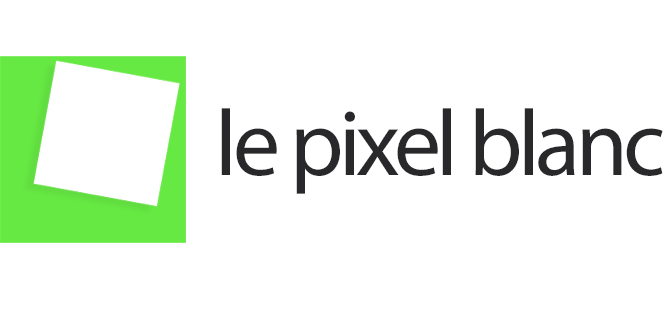Until recently, the spectator had been happy with her passive role at the theatre. Her only involvement would be to politely applaud performers and performance at the end of the show. Occasionally, she’d dare to express herself a little; perhaps a giggle or a cheer provoked by a particularly dazzling one-liner, musical performance, or dance routine. But it was apparently established that there was the bright, loud stage on the one side, and the dark, silent auditorium on the other.
With the emergence of cinema, the spectator showed no more signs of life. Besides crunching popcorn, that is.
And yet there is no show, nor art, without spectator.
Gradually, the spectator began to understand that her role should be more than just investor and observer. She came to realise that it involves the use of all her senses. It involves her intelligence and her knowledge, both private and public. And it involves - crucially - her sensitive and emotional engagement.
In a world in which hierarchy and submission to ‘higher authority’ are unstable (and particularly in the cultural domain) can she still be satisfied with being passive, and silent?
In most pieces of digital media art, the spectator only remains passive if she thereby fails to realise the artist’s project.
Digital media art is motivating an artistic paradigmatic shift. The days of The Allmighty Artist, The Creator - proposing his wonderful piece of art to the plebeian mob - are over. Instead, there is understanding that the artwork only exists as it does because the artist now takes the unique role of the spectator into account.
For the artist - ever the visionary - has understood well before everybody else that the appropriation of culture (an oft-misunderstood expression) will be made possible via new expressive forms.
Thus we’ll see thousands of people strolling, taking pictures, and laughing before a colored projection on a central building façade. We’ll see kids hunting for teeming luminous lights on the ground. Readers amazed as letters arrange themselves into a text on a screen. And passers-by - complete strangers - dancing together in separate boxes that will form a unity at the end.
We shall have this new art, this new spectator. She’ll learn, astounded, that her place - small, frail but nevertheless unique - is giving birth to a supplementary beauty in this world.
Ksenija Skacan
Co-founder, Le Pixel Blanc
Image courtesy of Fred Périé.

